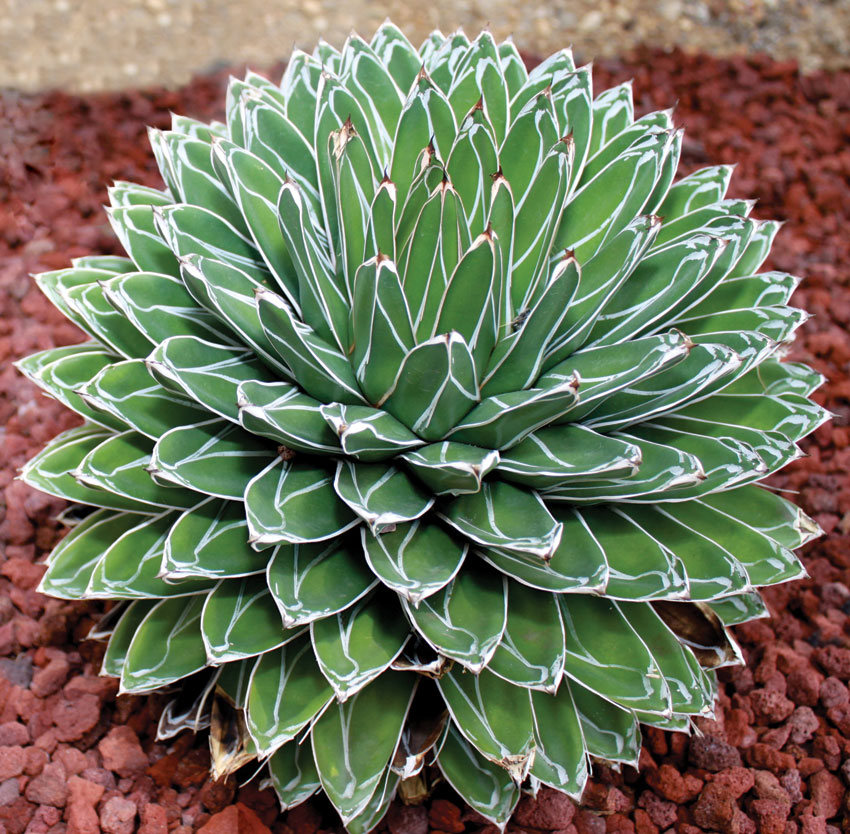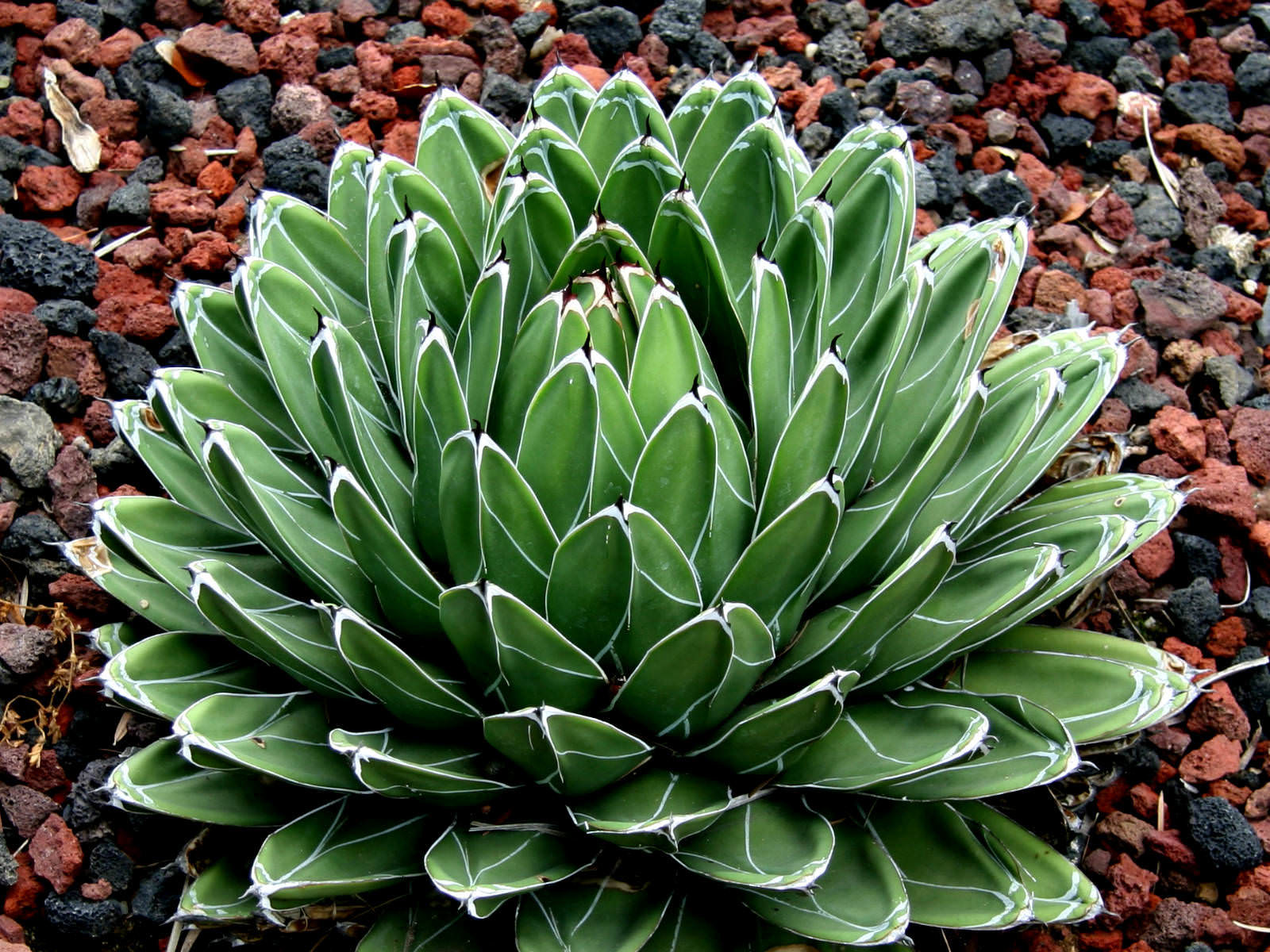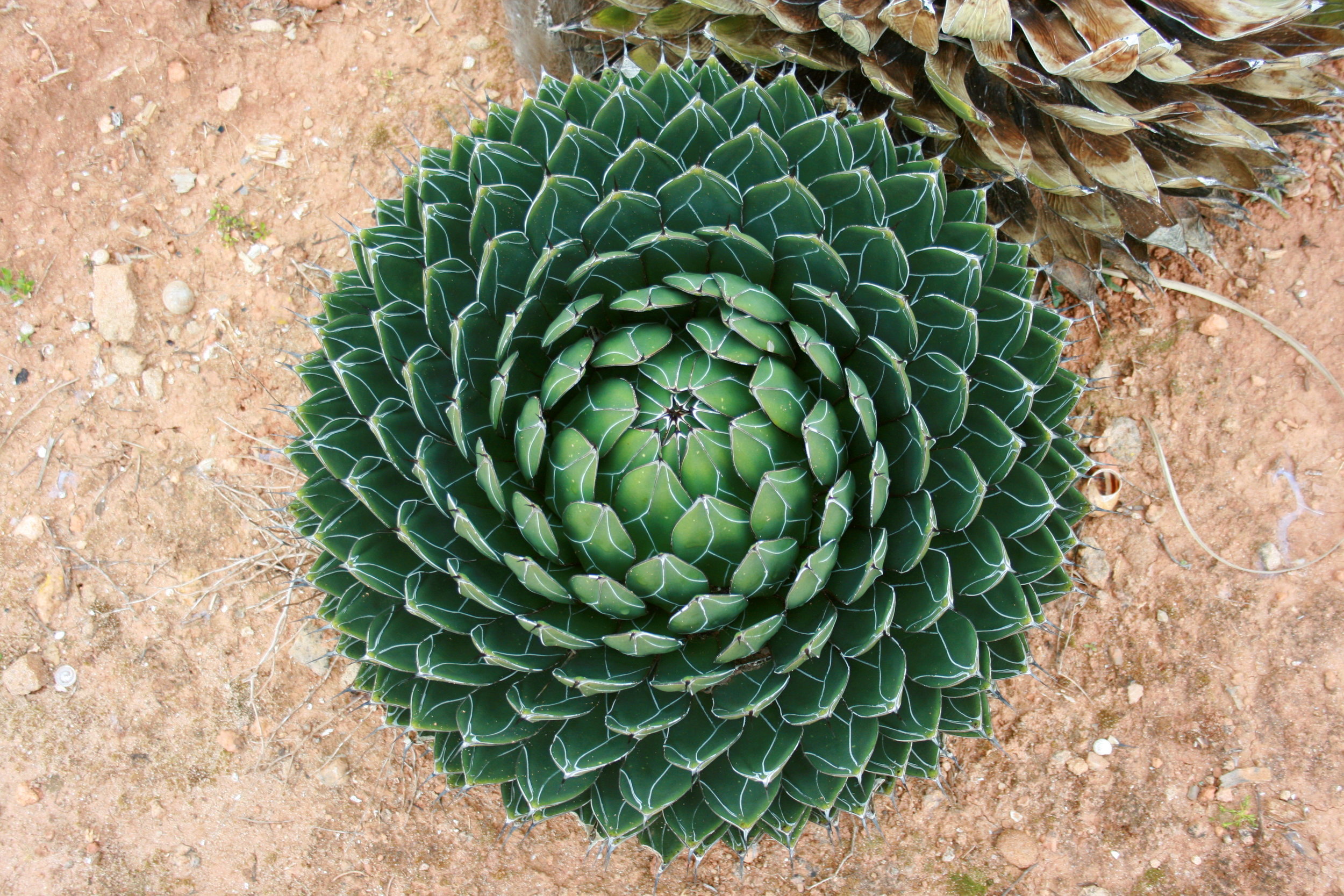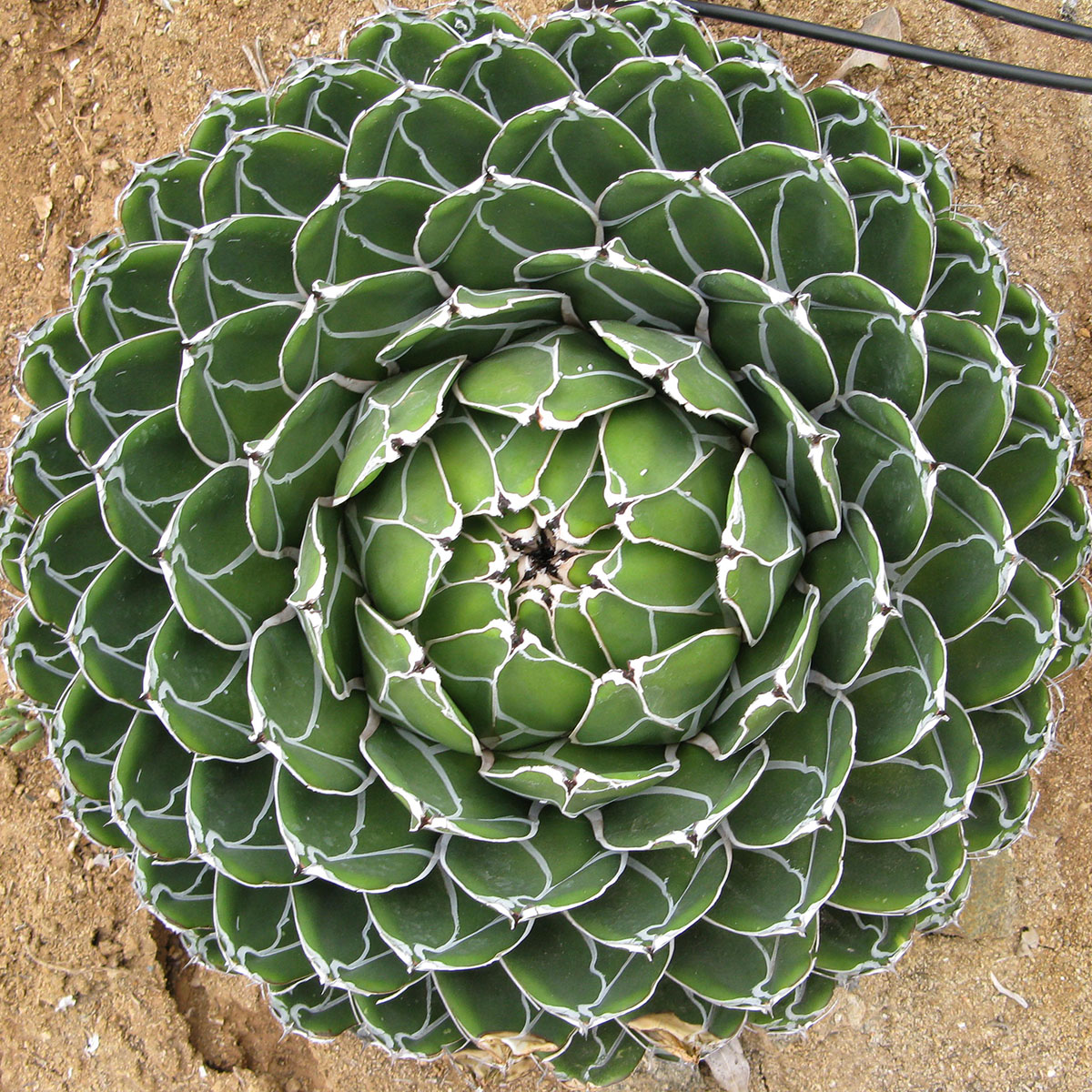Queen Victoria Agave - 10 seeds






Queen Victoria Agave - 10 seeds
The queen of agaves! An incredible plant. When first glimpsed it does not look real, but like an artichoke carved out of green stone! A great container plant that is cold-hardy enough to be used in Southern landscapes. A. Victoria-reginae is a very slow growing but tough and beautiful Agave. It is consider the to be one of the most beautiful and desirable species. Forms individual slow growing dense rosettes up to 45 cm in diameter (but usually rarely grows taller than 22 cm), most populations are solitary, but some offset heavily (forma caespitosa).
1. Mix equal amounts of garden soil, sand and broken brick perlite. Sterilize prepared substrate by putting it in a microwave for 3 minutes or in your oven for 45 minutes approximately.
2. Previously prepared containers for planting are to be filled with substrate, but while doing it, be careful and leave some space at the top, at least 0.5 inches (2cm). Add plenty of water and leave the container, so that the water has some time to decant.
3. Plant Agave seeds, but leave at least 0.4 inches (1cm) of space between each seed. Then cover the seeds again with a thin layer of substrate, and to finish it off, cover it with a thin layer of fine gravel, with grains no bigger than 0.12 inches (3mm). Water it again.
4. Moisture is the most important part for seed germination. It’s best to cover the container with a piece of nylon or a plastic bag in order to keep it moisturized. The container with seeds should be put somewhere warm, but not exposed to direct sunlight. The temperature needed for Agave to germinate is 77°F (25°C) and above.
5. The germination can start as soon as 4 days after planting, but it’s more frequent for it to start after 10-12 days. Remove the glass that kept the container moisturized 2 weeks after planting.
6. You need to spray the substrate every day, it cannot be let to completely dry off. It is also important to provide the plant with sufficient sunlight during the day, but avoid direct sunlight for a couple of months. It’s of great importance for Agaves not to change its light regime during this sensitive period. Try to provide it with a similar amount of light every day.
7. Agave’s seedlings have a tendency to fall over, which can be fatal for them. You can prevent that by adding some pebbles around the plants. Agaves bred from the seed start off as one leaf. The empty shell of the seed can stay at the top of the plant for a long time. You can take it of gently by yourself, but it’s not necessary. The plant starts to form a new leaf four weeks after germination, so they start looking like mature Agaves. However, only after forming the third leaf will Agaves look more like their parents.
It requires well-drained soil and light shade to full sun exposure, but they prefer some afternoon shade during the hottest summer month to avoid being fried by sun. It should be kept rather dry in winter or dormant season with minimum temperatures above zero in order to obtain good results,but it will tolerate quite low temperatures ( -10° C), particularly when dry. To give this marvellous plant vigour and life, water well during spring and summer and let it become barely moist between waterings.
Fertilizer: Feed only twice a year, once in April and once in July with a water-soluble potassium-rich fertilizer. Along the coast or in areas where there are no frosts, these plants may be cultivated with success outdoors where their beauty is better observed. In cold climates it is adviseable to cultivate these plants in pots in order to protect them during the winter in dry, fresh rooms. Plant Pests: Prone to mealy bugs and scale. Always inspect any new plant for pests before introducing it to your home or greenhouse. Requires good ventilation and avoid over-watering.
Propagation: It reproduces thanks to the seeds or by the suckers produced at the base of the stems in the spring. Propagate them in evenly moist soil, mist occasionally and keep in filtered sunlight
